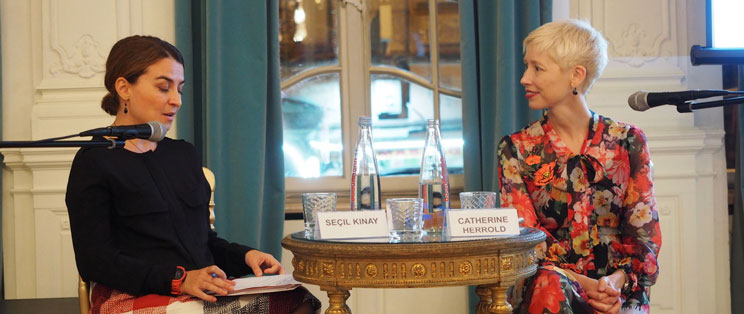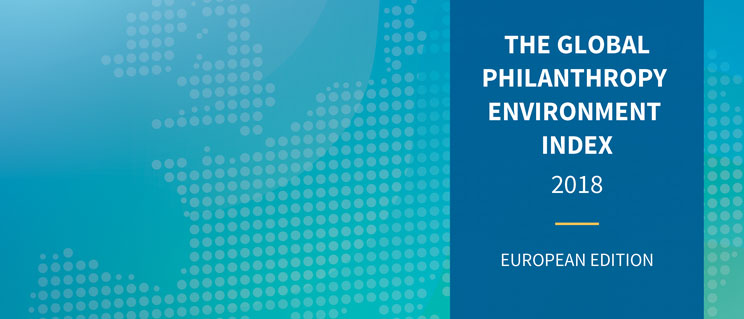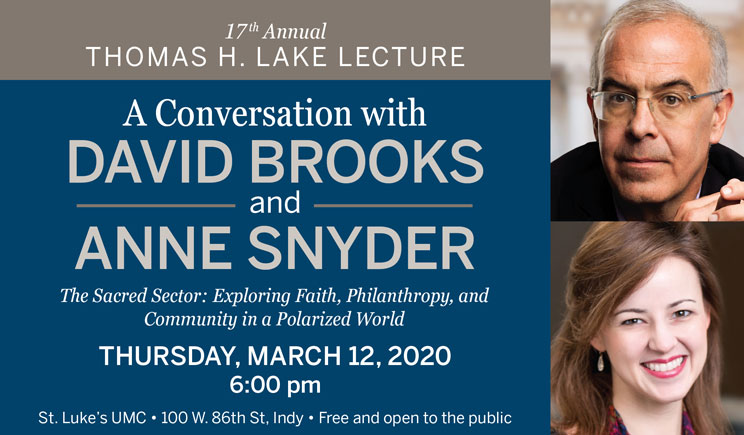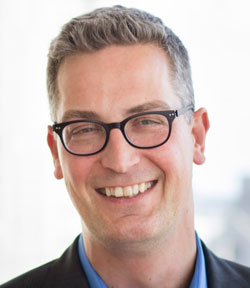I spent part of the holiday in India’s Rajasthan state, literally the “Land of the Kings,” where majestic forts and palaces, unsurpassed in grandeur, serve as testimony to the primacy of sustaining family legacy. Unfortunately for many of the splendid forts and palaces, perched on hills high above the land they ruled, grandeur fell victim to the challenge of bringing enough water up the hill to sustain these small cities.
The entirety of public life was subsumed in the life of the court and the dignity of the realm was reflected in the lives of the royal family. Quite literally, one family and its legacy defined the public life of the time. The concentration of dignity in one family, the denial of dignity to others, and technical challenges, like the shortage of water, drove this system out of business.
A social arrangement that sees the vast majority of its members used as tools for promoting the glory of a single family is no longer tenable. Today we compose our polities as citizens, each equal before the law. Yet the desire to benefit our own remains strong and it plays a large role in how we conduct our philanthropy.
Some say it continues to play too large a role. A recent New York Timeseditorial questioned the impact of that most wholesome American practice; the PTA bake sale. The editors point out that some school districts can raise a lot more money than others, which in reality means that wealthy districts with more resources raise significantly more money than poorer school districts that have fewer resources to begin with, thus deepening the divide between the have and have nots.
The editors suggest sharing fundraising proceeds among schools, though they are not clear if this sharing should be voluntary or compelled by authorities. In some states, school districts have decided to share a portion of their fundraising proceeds to lessen the disparities across districts.
Vox recently produced an excellent podcast on the failed attempt at sharing by the Malibu and Santa Monica School districts, which led me to wonder what would happen if parents chose to turn their backs completely on public schools, deciding to confer whatever benefits they wanted for their children in the home, in tutorials, and outside of the public gaze. Over-regulating the flow of philanthropic revenue can defeat its purpose as a voluntary act.
Peter Singer, the philosopher who inspired the “effective altruism” movement, famously proposed a thought experiment in which a passerby is obligated to wade into a pond and save a drowning child, even if it ruins his expensive suit. He extends this intuition to challenge all of us to make do without excess resources so that other humans in conditions of material deprivation can be helped, wherever they may be located.
This is for many an extreme view as it treats all human happiness and welfare equally wherever it is found. Many of us think that we have stronger obligations to help those who are closest to us – our families, our neighbors, and our fellow citizens.
I suspect that many of us we would chose a place between amassing all the benefits for our family like a Raja and dispersing all resources beyond actual necessities to those in most need like an effective altruist. Too much benefit flowing to your children can spoil them, but it is also not in their interest to leave them a highly unequal society where their fellow citizens live bleak lives of deprivation. So for the benefit of your own children, you would want to take care of other people’s children as well.
I think it is a useful lens to see how we treat other people’s children in our society, be it through public policy or through philanthropy. In our philanthropy, in particular, we often have the opportunity to give to institutions that benefit our own children. Should we treat this opportunity as equally desirable as the opportunity to give to institutions that benefit other people’s children whose well-being will also help shape the world we leave our progeny?
One institution that has recently changed its focus to benefit those outside its “family” is Johns Hopkins University. It recently stopped giving the children of its alumni a “legacy” preference in admissions that is common among many other prominent universities.
For example, last year’s lawsuit that Harvard University won against a group of Asian-American applicants alleging discrimination revealed that alumni enjoyed more than a fivefold advantage compared to non-alumni applicants. The president of Johns Hopkins said that he found the accident of family connection “deeply perplexing given the country’s deep commitments to merit and equal opportunity.”
How do we gauge how much we should give to “our own” and how much we should give to those who are outside our family or our tribe? I think how we answer this question helps shape the quality of our public life. Maybe there are other issues beyond college admissions where we should be paying more attention to other people’s children?
Best regards,

Amir Pasic
Eugene R. Tempel Dean



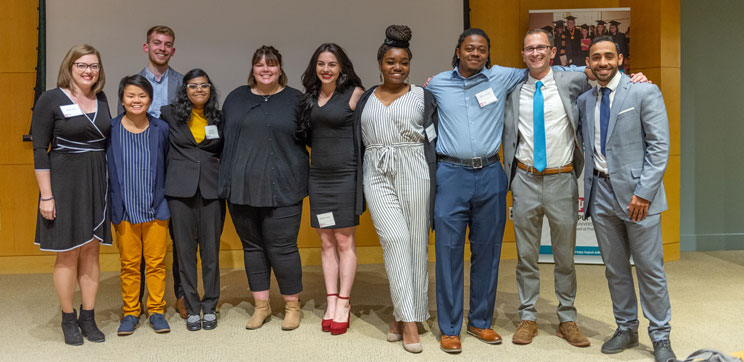
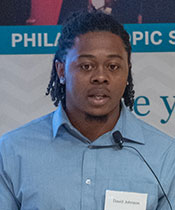 A non-traditional bachelor’s student, David Johnson returned to school in order to invest in his community and grow his potential. Although involved with philanthropy from a young age, Johnson initially wanted a career in politics but ultimately realized that the field of philanthropy and nonprofits was where he wanted to make a difference. So, he created a nonprofit that would help address community support issues.
A non-traditional bachelor’s student, David Johnson returned to school in order to invest in his community and grow his potential. Although involved with philanthropy from a young age, Johnson initially wanted a career in politics but ultimately realized that the field of philanthropy and nonprofits was where he wanted to make a difference. So, he created a nonprofit that would help address community support issues.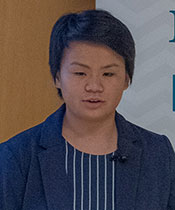 First-year bachelor’s student Emma Rota-Autry met her best friend through
First-year bachelor’s student Emma Rota-Autry met her best friend through 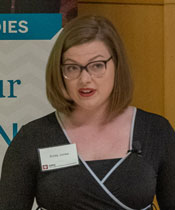 Second-year master’s student Emily Jones has discovered passions in social justice and equity throughout her bachelor’s and master’s in philanthropic studies programs. In her presentation for the International Prize, Jones used the example of a fire that destroyed all of her possessions three years ago. She described how she felt when she saw the fire extinguish her belongings, explaining how traumatizing the situation was. However, Jones said that it was nothing compared to the situations that Syrian refugees faced when leaving homes and lives behind to venture into an unknown land.
Second-year master’s student Emily Jones has discovered passions in social justice and equity throughout her bachelor’s and master’s in philanthropic studies programs. In her presentation for the International Prize, Jones used the example of a fire that destroyed all of her possessions three years ago. She described how she felt when she saw the fire extinguish her belongings, explaining how traumatizing the situation was. However, Jones said that it was nothing compared to the situations that Syrian refugees faced when leaving homes and lives behind to venture into an unknown land.